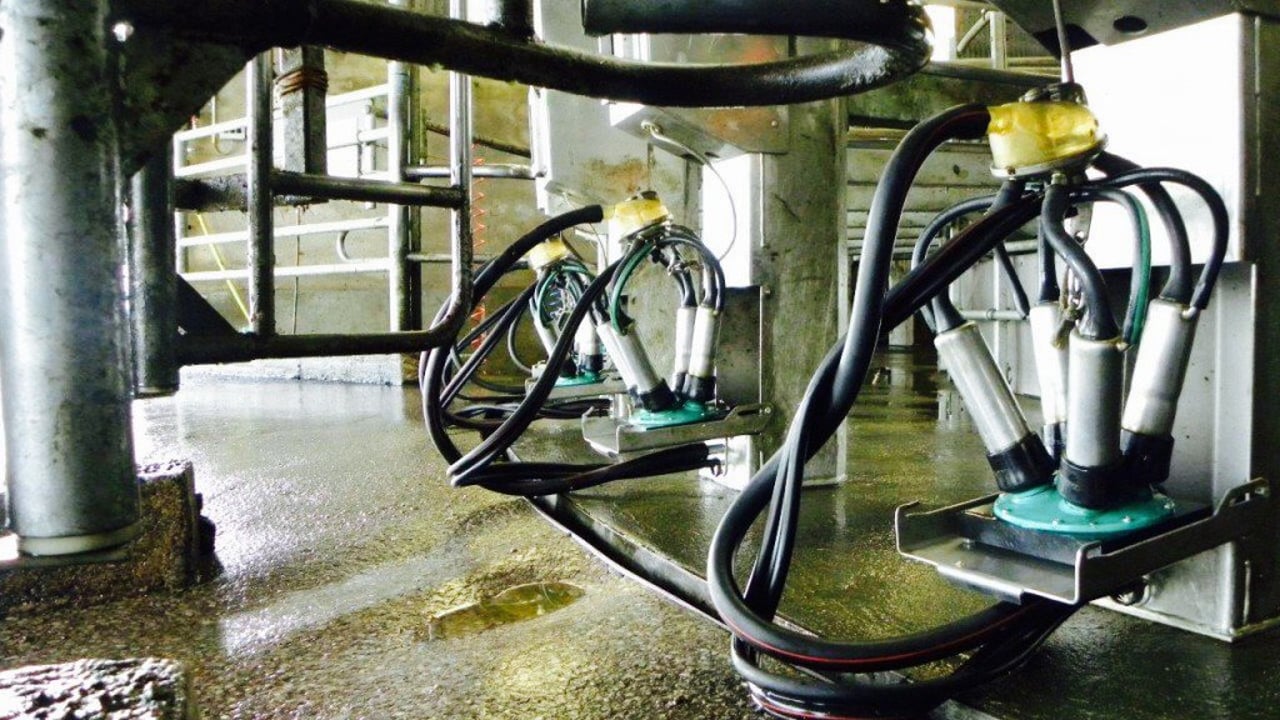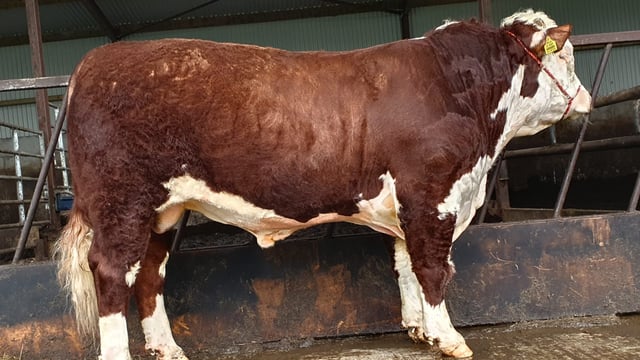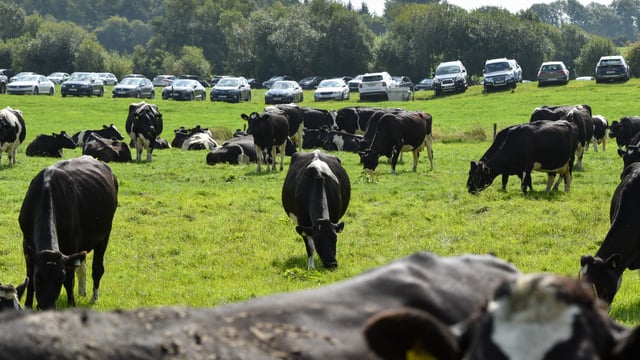Effectively cleaning milk equipment without chlorine
Adopting a cleaning procedure in the milking parlour without the use of chlorine is proving to be effective in controlling thermoduric bacteria levels in milk.
This is according to Bernadette O’Brien, David Gleeson and Lorna Twomey, of Teagasc Moorepark, who have said to effectively clean milk equipment without chlorine, you should follow some simple principles:
- Appropriate temperatures of the detergent solution at the start and end of circulation;
- The detergent solution being of suitable type/make and of appropriate strength;
- The machine receiving the correct number of both hot/acid washes during each week.
They said using chlorine detergents even as a “once-off" can result in significant issues in the milk supply entering a processing plant from a chlorate and Trichloromethane (TCM) perspective.
"Using chlorine detergents to fix thermoduric problems will cause a re-occurring residue problem," they added.
Establishing the wash water levels used by measuring the trough will ensure that the correct levels of detergent are used for both hot and cold detergent washing, as well as acid washes.
When cold water is used, the detergent usage rate required is double (1% usage rate for cold washing) than recommended when using hot water (0.5% usage rate for hot washing).
The Teagasc researchers said successful cleaning without chlorine requires changes to the previous cleaning protocols, e.g. increased use of hot water at higher temperatures and acid-based products.
Teagasc advised water and milk coming in direct contact can be minimised by:
- Installing sufficient automatic drainage valves in the milking system e.g. on the receiver vessel and milk filter housing;
- Draining clusters before vacuum is applied to prevent suction of water into the system pre-milking;
- Ensuring that only milk enters the bulk tank (not a mixture of water and milk);
- Monitoring the bulk milk tank post washing to ensure that it is draining properly.
Aside from the risk of chlorate contamination, poor drainage and subsequent water retention in any type of milking equipment will reduce the circulating temperature of the main wash solution, which should commence at 75-80°.
Poor drainage may also result in milk residues from the post milking rinse coming into contact with the detergent solution potentially reducing its effectiveness.
Therefore, the Teagasc researchers said poor plant drainage "will adversely impact both chlorate residues and thermoduric counts in milk".





